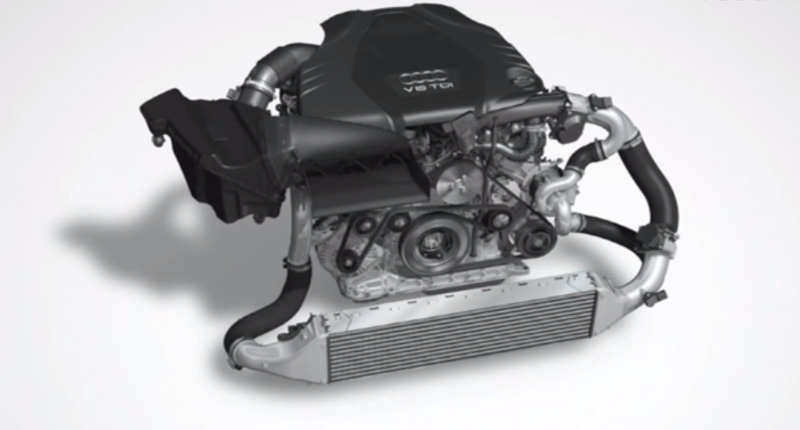Five years ago, launching a decent streaming platform took millions. Now? A teenager with a laptop can build something that reaches millions. That shift…
Audi shows why electric is the next stage in turbo-charging

The problem with turbo-charged engines, as we all know is, turbo lag – cured to most extents by variable vane technology or by employing multiple turbos in one engine. Enter the Audi RS5 TDI Concept.
Bi-turbo charging is common place amongst manufacturers so what differentiates the RS5 TDI Concept from other multi-stage turbo-charged engines? Electricity. A supplementary electric motor replaces the turbine wheel and accelerates the compressor wheel to over 70 000rpm in a few hundredths of a second. Turbo lag? What turbo lag.
Combined with regular exhaust turbo-chargers, operating at as much as 2.4 bar, the 3.0 litre V6 in the Audi RS5 TDI Concept produces 283kW and 750Nm of torque, allowing for a 0-100km/hour sprint time of just four seconds. 200km/hour is despatched in less than sixteen! What’s more astonishing is Audi’s claims of a fuel consumption of under 5.3l/100km and less than 140g of CO2/km.
The primary source of energy required to drive the electric turbo is harnessed through brake recuperation technology. The RS5 Concept employs a separate 48-Volt electrical system, said to advantageous as it can transfer larger amounts of energy, which is connected to a regular 12-Volt via a DC-DC converter. The energy is then stored in a compact and lightweight lithium-ion battery.

